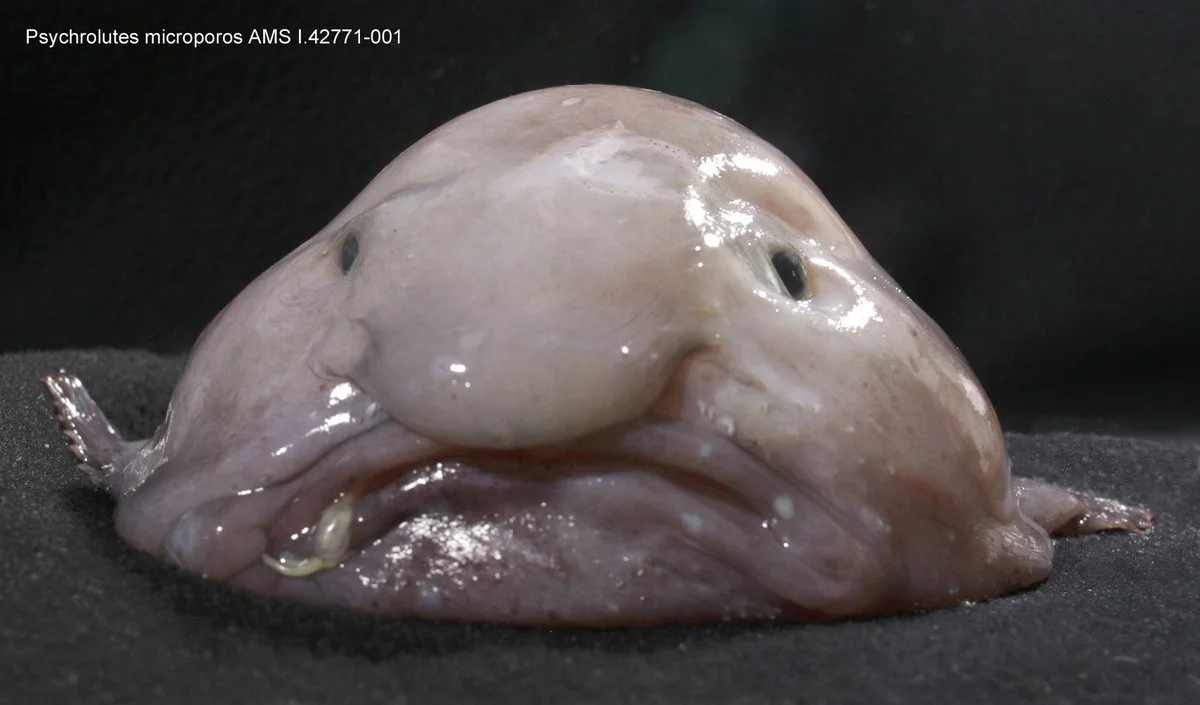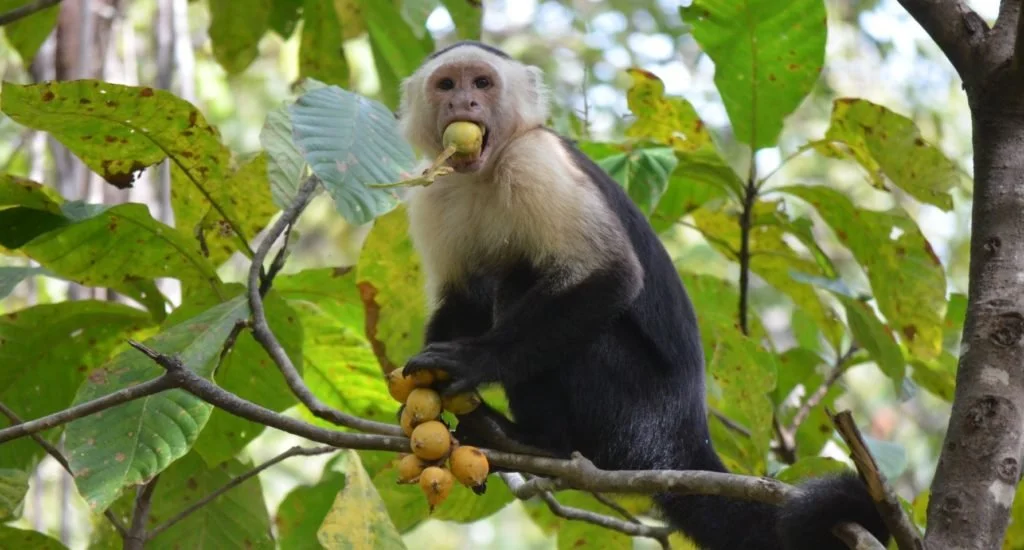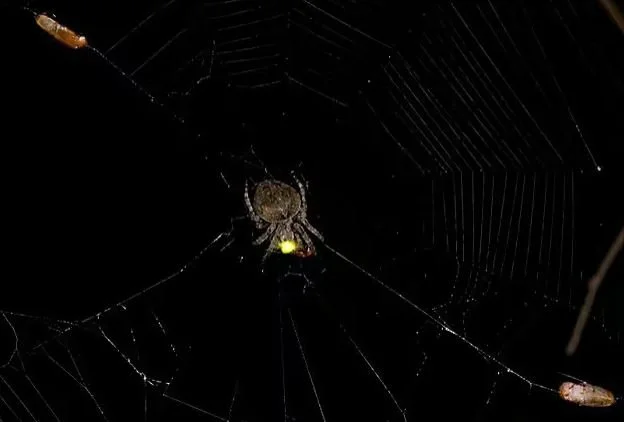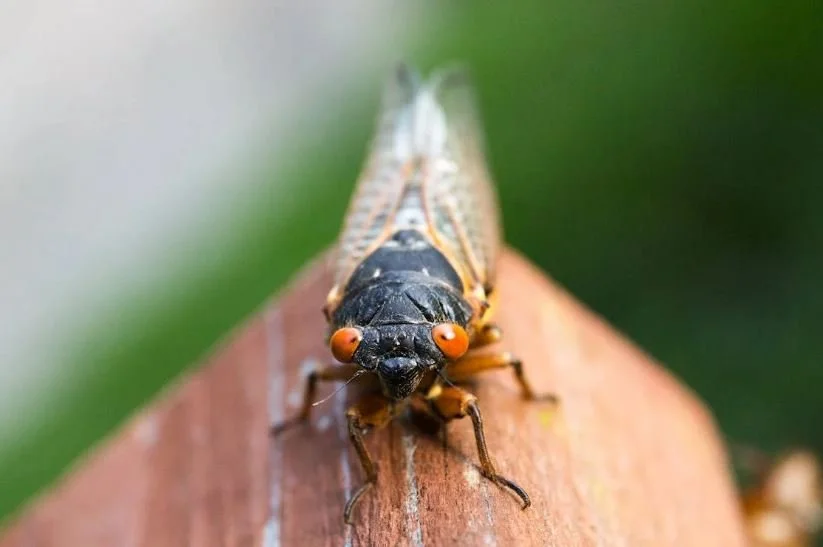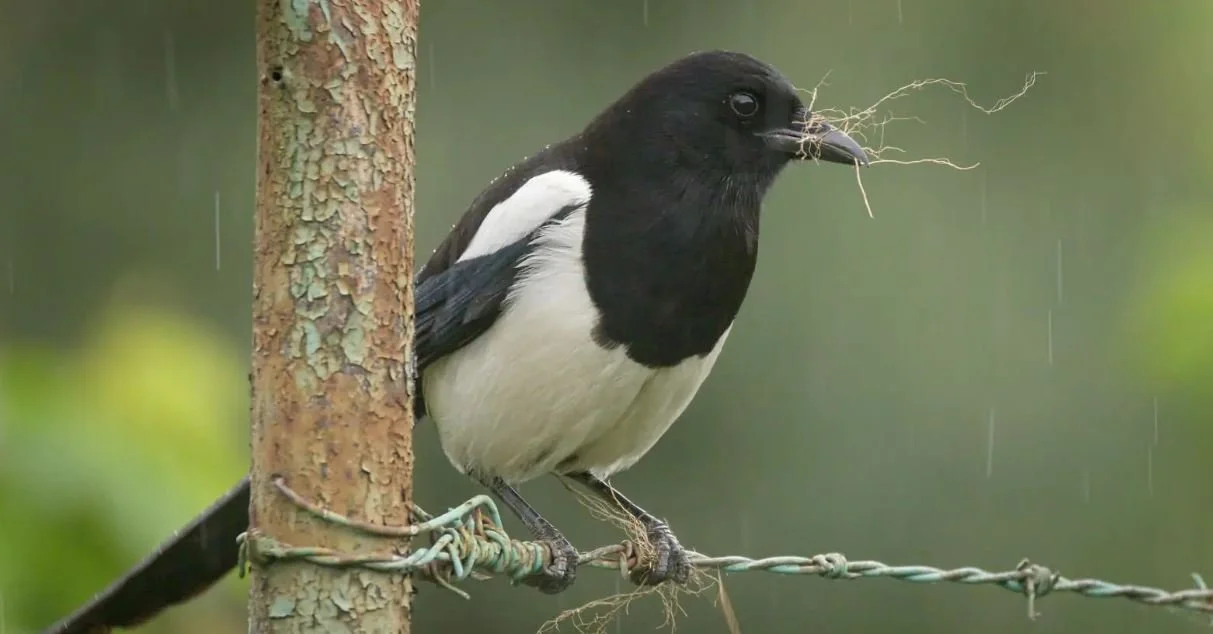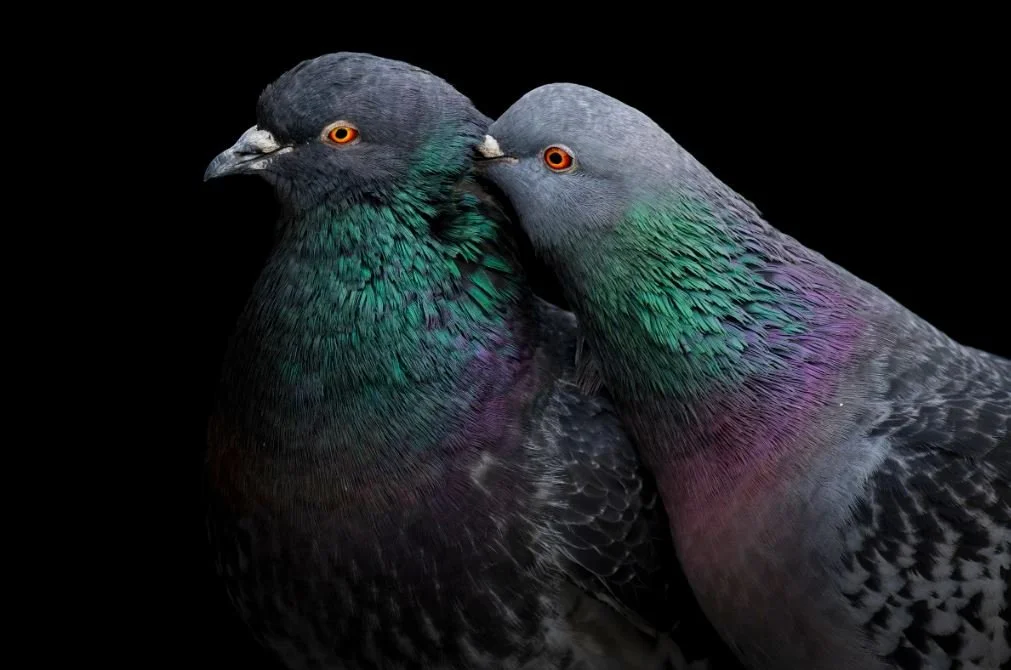A pair of Galapagos tortoises, the two oldest residents at the Philadelphia Zoo, have become first-time parents to at least four healthy hatchlings. The female, named Mommy, and her mate Abrazzo are both estimated to be about 100 years old.
Hi.
Welcome to my blog.




